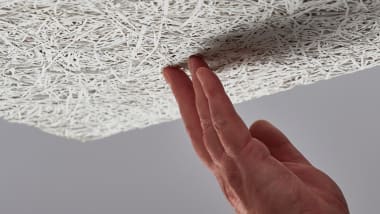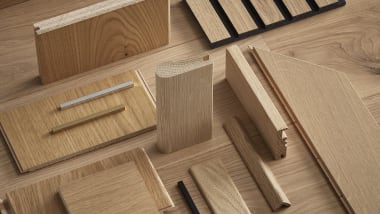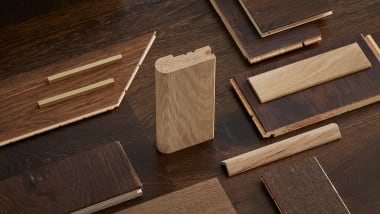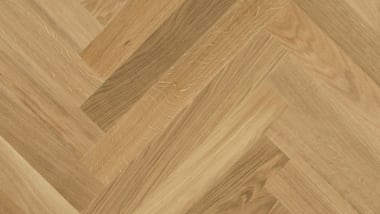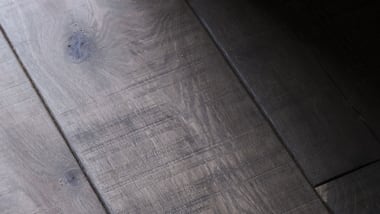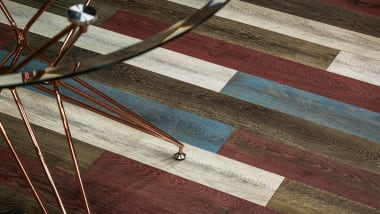Introduction to engineered wood flooring
27 Jan 2021
We are often asked what the term ‘engineered wood flooring’ really means and so this short article will help you to understand the basics, and what the main differences are between engineered and solid wood flooring.
Engineered wood simply means multi-layered flooring. An engineered board construction consists of a solid timber top surface (known as the lamella or wear-layer) with ply or soft wood layered in opposing directions forming the base and core of the material to add dimensional stability. Compared to solid wood flooring where the boards are one piece of solid wood from top to bottom, all engineered floors use the principle of cross-lamination to reduce movement under changes in temperature and humidity.

The main benefit of engineered wood flooring is stability. Engineered wood flooring boards are far less likely to move, warp or bow over time, and the increased stability means that you can often install the flooring as a ‘floated floor’ rather than glued down. The vast majority are also suitable for use over underfloor heating which a solid wood floor is not.
Engineered wood flooring is a sustainable option. Compared to solid wood flooring, it makes a more economical use of limited hardwood species by using faster growing and more abundant species to form the core and base of the product, without any detriment to the longevity of the floor.

Engineered wood flooring will last for a long time, given it is cared and maintained for in the right way using the correct products. Engineered flooring ages beautifully over time but can be sanded and refinished if required, which is one of the remarkable and unique things about a timber floor. You may decide to refresh the floor after years of usage or to change the colour or sheen to match new décor. Every construction of engineered flooring (except our collection of Veneer flooring) has a hardwood top layer which can be re-sanded multiple times. A 14mm thick 3-layer board can likely be sanded and refinished twice over its lifetime, whereas a 2-layer product with a plywood core can normally be sanded at least three times with some even boasting a wear-layer substantial enough for re-sanding as many as five times. However, due to the modern-day finishing techniques of Europeans mills, timber floors have proven in many residential homes to be hardwearing enough and stay looking stunning for many years with simple maintenance without ever being sanded down.
In short, engineered wood flooring is a superb alternative to solid wood flooring, providing a hard-wearing finish without any compromise on aesthetics. Available in a vast array of finishes, colours and designs, you will be able to find flooring suitable for any interior.




